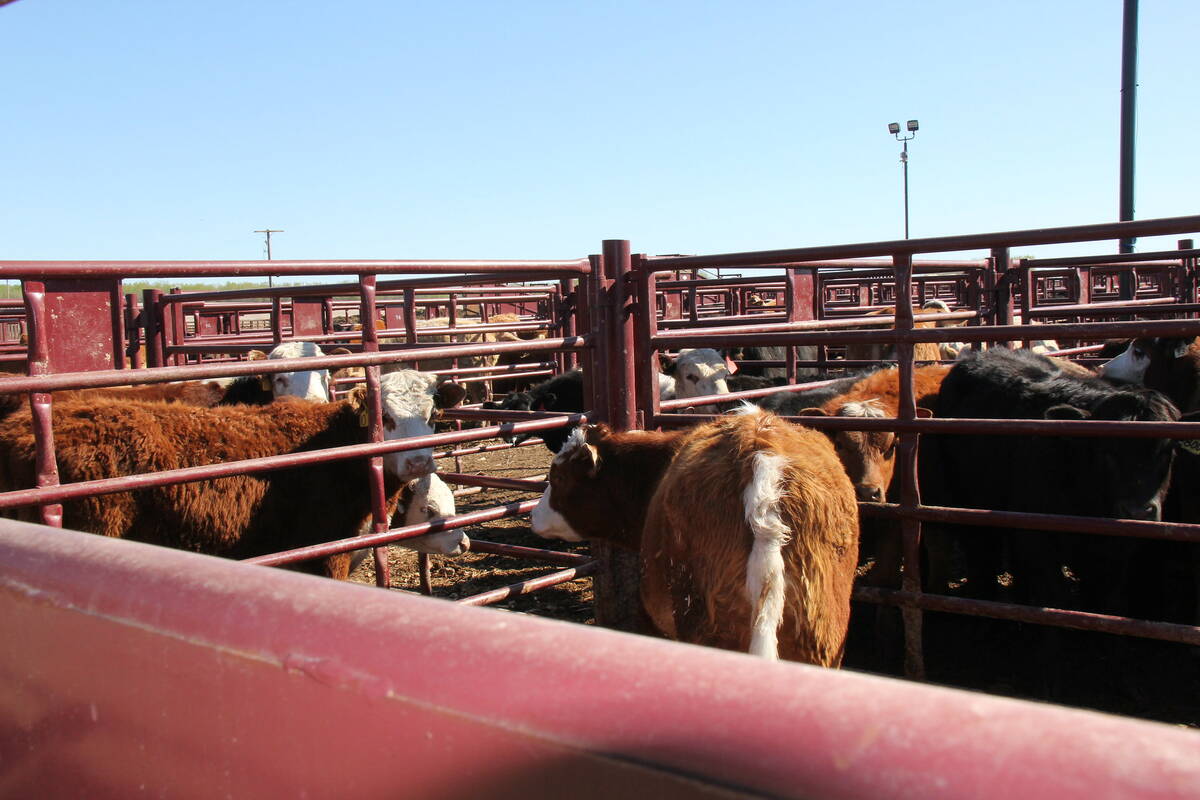Canada has gained duty-free access to ship beef to the European Union, up to a maximum limit, but considerable work is needed to take advantage of what could be a lucrative market.
Canadian exporters may immediately compete for about 20,000 tonnes of duty-free quota previously shared by the United States and Australia. The EU also agreed to add an additional 3,200 tonne quota for Canada once final arrangements are complete.
Until now, Canadian exporters faced a prohibitive 20 percent duty on most beef, with a small quota allowed in without duties. The Europeans are offering access because they lost a case before the World Trade Organization dispute settlement process over their ban on imports of beef treated with growth hormones.
Read Also

Livestock movement scanner looks for proving ground
The Canadian Cattle Identification Agency (CCIA) will test new technology intended to simplify the recording of animal movements, linked to proposed federal livestock traceability regulations.
The WTO panel said the ban is not justified on health or scientific grounds. The EU refused to comply.
As a result, the winners retaliated with tariffs of their own on a rotating list of European commodities. The EU is trying to work out a duty-free quota with the three complaining countries, although it still involves beef from hormone-free cattle.
Travis To ews, president of the Canadian Cattlemen’s Association, said the agreement has been a long time in the making and there are cattle that could go into a EU designated program now. He hopes access improves even more once a free trade agreement is in place.
“As we go forward in the EU free trade agreement negotiations, we see some of the real opportunities in Europe. This is an excellent conclusion.”
While the news is positive, he said producers need a more streamlined protocol if they are to get beef into the market.
“We can’t have paper access.” People also need lead time to prepare cattle because the animals must abide by specific feeding and medication specifications including no growth hormones throughout their lifetimes.
Few processors are certified and the two large packers, Cargill and Lakeside, disagree about technical issues, such as substances used in carcass washing to eliminate bacteria like E. coli. They are not likely to change their systems, said Toews.
Plants already approved to ship beef to the EU include Sunterra Meats at Innisfail, Alta., and Canadian Premium Meats at Lacombe, Alta.
“Because of restrictions on use of antimicrobial use interventions and other issues, none of the large packers and processors have gone through the process of registration,” said Ted Haney of the Canada Beef Export Federation.
However this new market could be worth about $10 million in sales to start with a future increase to $15 million annually, he said. Canada exports about $1.3 billion worth of beef annually.
It is positive news for the smaller supply chains already working on hormone free programs.















